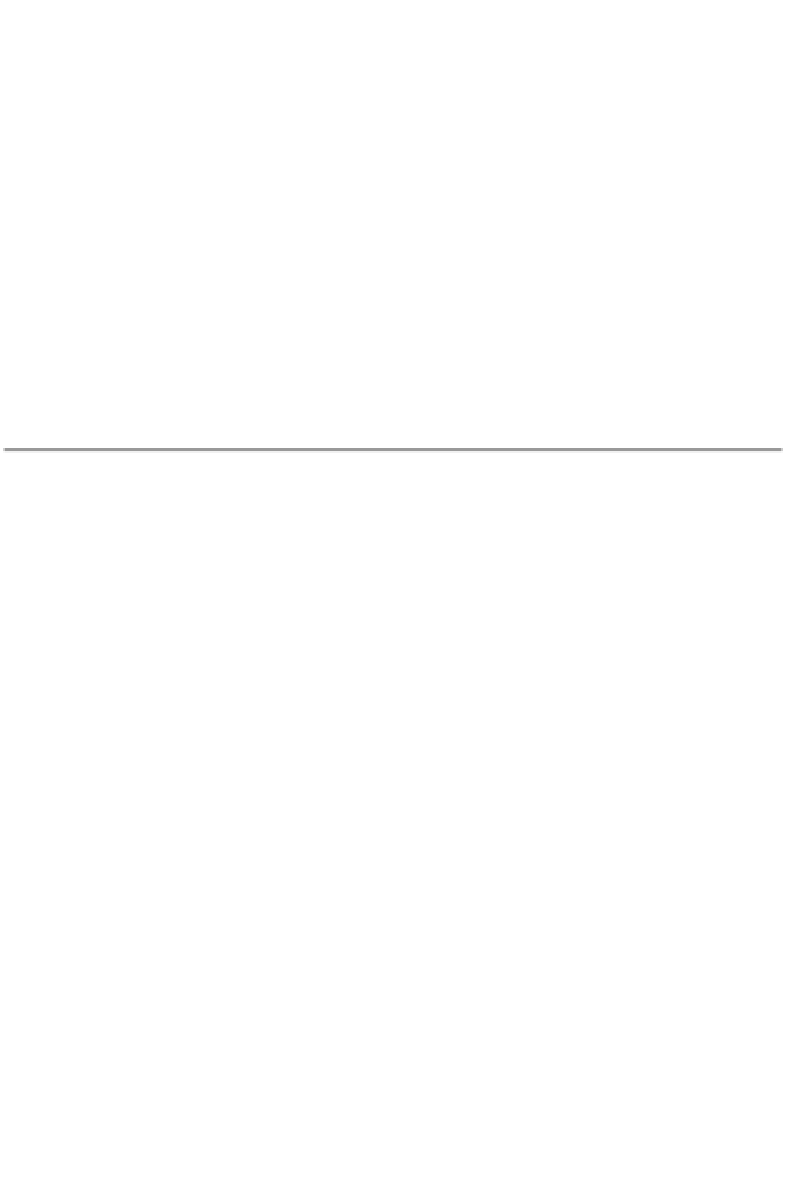Civil Engineering Reference
In-Depth Information
Table 15.5:
The use of solid timber as a surface material
Roofing
External cladding
Internal cladding
Floor
Pine
x
x
x
x
Spruce
(x)
x
x
(x)
1
Larch
(x)
x
(x)
x
Juniper
x
Oak
(x)
(x)
(x)
x
Aspen
(x)
x
x
x
2
Birch
x
x
Maple
x
Ash
x
x
Beech
x
x
Elm
x
Lime
x
Common alder
x
Grey alder
x
Notes:
x Primary use.
(x) Secondary use.
1
Better wearing when painted or varnished.
2
Primary use; not so hard-wearing, but soft and warm.
Solid timber and fibreboard that is untreated, or treated only with natural
products such as linseed oil, can be burnt for energy use in normal boilers or
made into compost. Glued products have to be burned in incinerators or boil-
ers with special filters in the chimney. Impregnated products cannot be burnt
to produce energy, but have to be dumped on a special refuse tip. All wood
waste can lead to an increase in the nutrient level of the water seeping from the
tip.
Roof covering
Spruce, pine, oak, aspen and larch can be used as roofing. Roofs can either be
covered with cleft logs or planks, or with smaller units such as shingles. All the
methods of timber roofing have one common requirement: they must prevent
water gathering anywhere which would lead to fungus attack. This requires rea-
sonably steep roofs and timber which has a mature quality, rather than fast
grown timber. It may even be necessary to impregnate the timber.
The weight of a roof covering varies from 25-40 kg/m
2
according to how the
roof is laid and the type of timber. The insulation value varies for the different
types of timber, but is generally of no consequence. The use of timber roofs is



